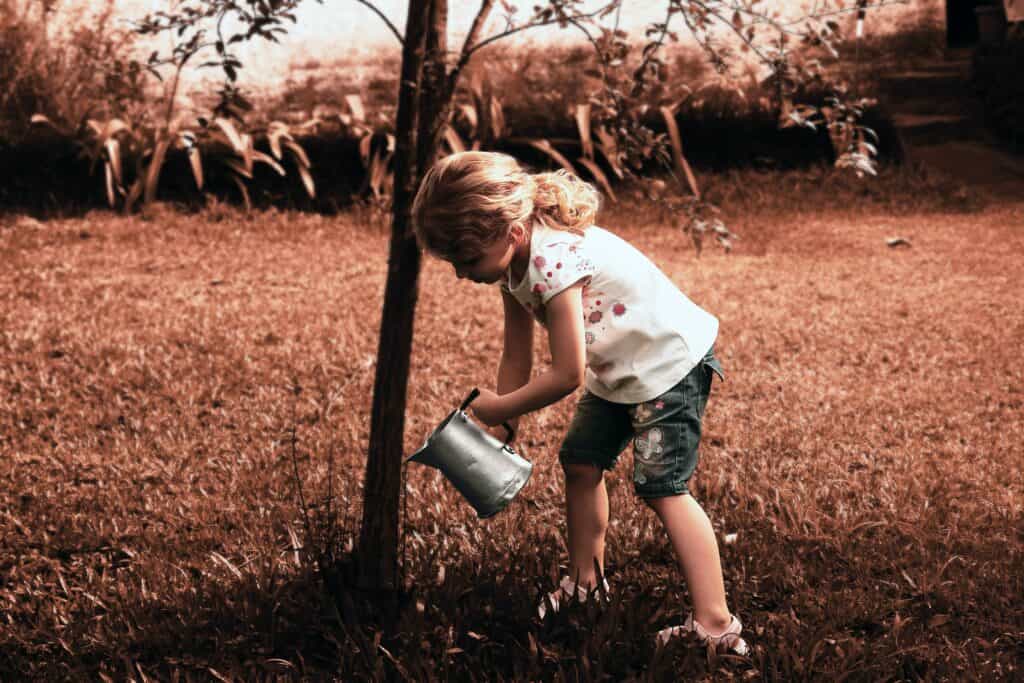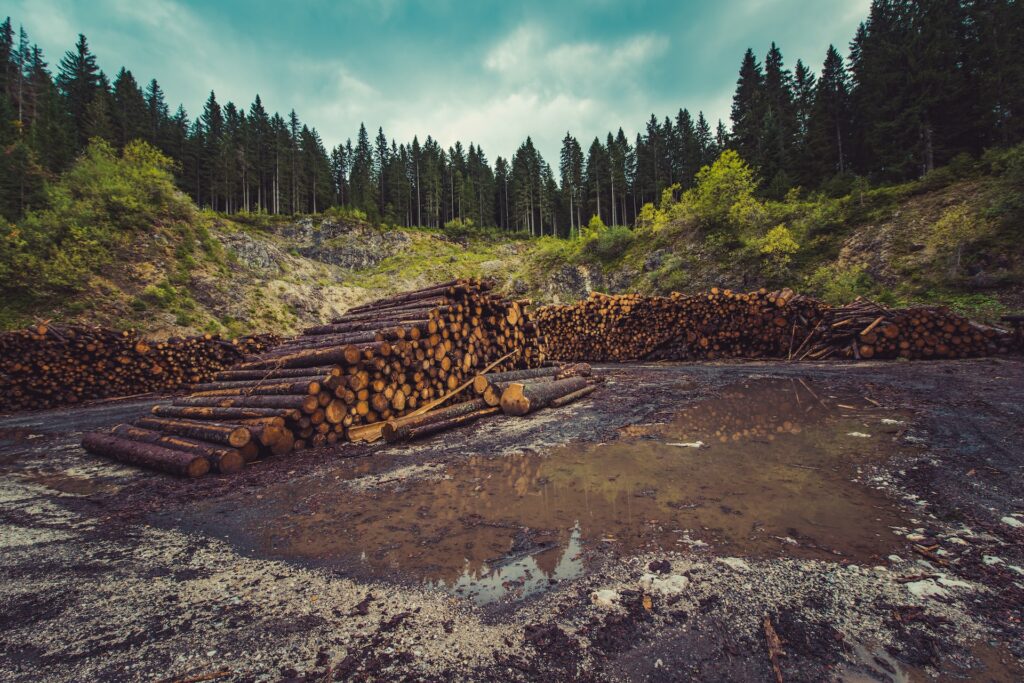Planting Trees: Simple Idea Or Complicated Subject?
Without trees, their roots and fungi soaking up some of our carbon emissions, carbon concentrations would already be much higher. Today we’re going to talk about whether planting trees is an effective way to capture some carbon out of the atmosphere. Although planting trees seems like one of the simplest ideas for capturing carbon dioxide, this is actually a really, really complicated subject. So I’m just going to do my best, but it’s well above my pay grade. So we’ll just do what we can.

Deforestation Is A True Source Of Carbon Emissions
Since the industrial revolution, emissions from land use, which is mostly deforestation, have been responsible for about 35% of human carbon emissions. That’s actually a massive amount, and although deforestation emissions have been dwarfed by things like coal and oil in recent years, over the last 260 years, deforestation and land use emissions actually outrank both coal and oil emissions as carbon concentrations in the atmosphere have risen.
The land sink in terms of trees, soil, and fungi have actually soaked up almost as much as all those land use emissions combined in terms of carbon sequestration, and if forests were really well managed globally, experts reckon that they might have the potential to soak up an additional 10 to 15 percent of global greenhouse gas emissions.
Deforestation And Afforestation: Opposite Sides Of The Same Coin
Deforestation and afforestation (the planting of trees where none previously existed) have a major effect on the carbon stocks of the Earth. They also affect the albedo of the Earth, which is a measure of how reflective the Earth’s surface is. Climate modeling shows that the interaction between the albedo effect and the carbon storage effect of deforestation varies dramatically over latitude.
Deforestation in boreal forests (forests located in the northernmost regions of the Earth) above 50 degrees north latitude actually has a cooling effect on the planet because it allows more surface area to be covered in snow, which is more reflective than bare ground. In temperate forests (forests located between the tropics and the boreal forests) between 20 and 50 degrees north or south, deforestation has a limited effect on the climate because the albedo effect and the carbon storage effect largely cancel each other out.
Deforestation At The Tropical Regions Have The Largest Impact
Tropical deforestation around the world has a large warming effect, because the losses in carbon storage outweigh any albedo effects. If you’re just going to be planting a tree in your backyard, this isn’t the biggest deal. But if you’re going to be supporting a tree planting, afforestation, or protection project somewhere in the world, in terms of climate, the forest in places like Brazil, Indonesia, Congo, and Nigeria are the most important for maintaining a stable climate.
Now, I’d love to give you an ideal species for capturing carbon, but that would just be a silly, simplistic answer. The right answer is going to vary from place to place and condition to condition.
The Location Determines The Best Species Of Tree To Plant

In New York, they have success with yellow poplars and scarlet oaks, whereas in parts of Australia they’re using blue mallee or spotted gums. Here in the UK, in the short term things like poplars and conifers do well, but in the longer term you can capture just as much carbon with beech or oak, as long as it’s maintained. Personally, if I was planting trees in my local area, I would always try and favor the native varieties because you know they’re the most likely to thrive and the most likely to stay in the ground over the long term.
Back To The 30 Day Shrink Guide: Introducing the Shrink
Lindsay Wilson
I founded Shrink That Footprint in November 2012, after a long period of research. For many years I have calculated, studied and worked with carbon footprints, and Shrink That Footprint is that interest come to life.
I have an Economics degree from UCL, have previously worked as an energy efficiency analyst at BNEF and continue to work as a strategy consultant at Maneas. I have consulted to numerous clients in energy and finance, as well as the World Economic Forum.
When I’m not crunching carbon footprints you’ll often find me helping my two year old son tend to the tomatoes, salad and peppers growing in our upcycled greenhouse.
